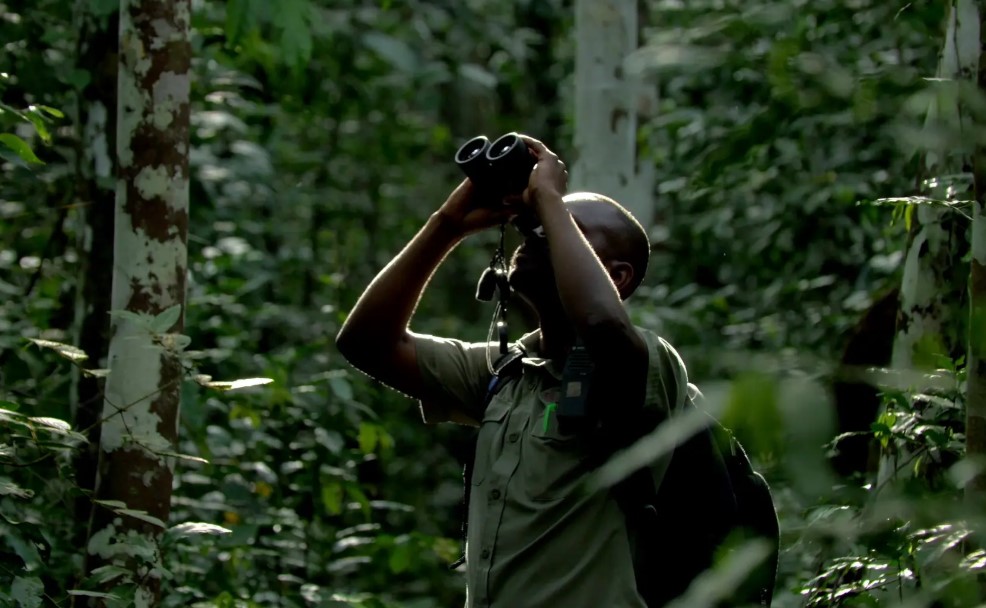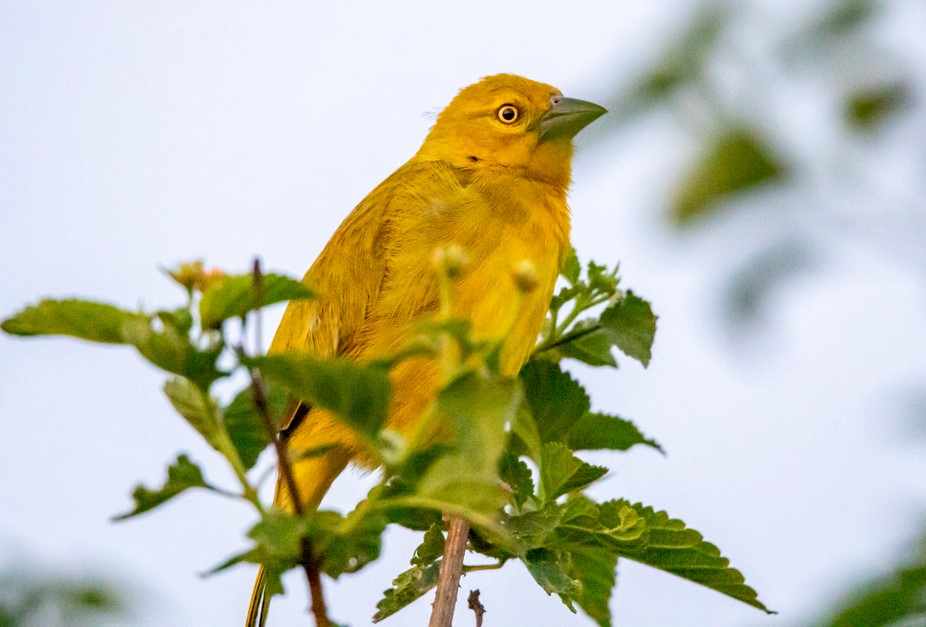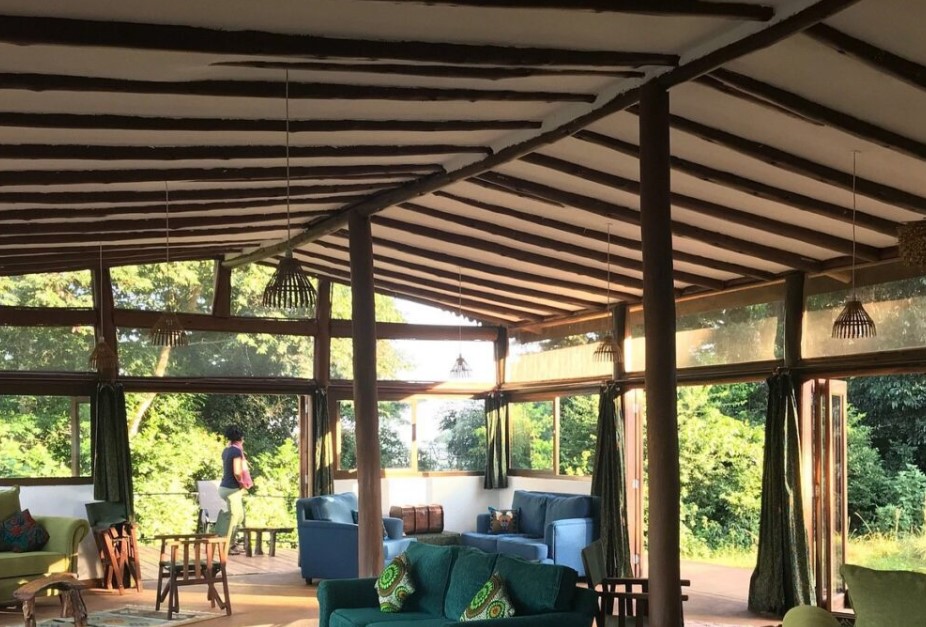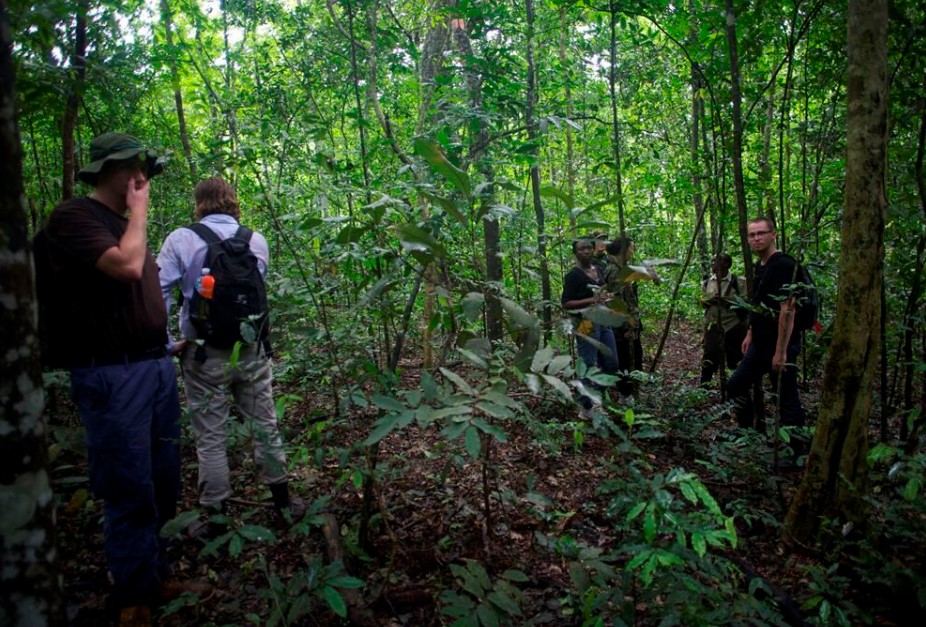
A Guide to Budongo Forest
A guide to Budongo forest, it is Uganda’s remarkable natural tropical rainforest, popular for its rich biodiversity and home to unique species, including the rare chimpanzee population, bird species, and unique tree species dominated by the mahogany species, among others. It is the largest protected natural tropical rainforest in East Africa, located in the southern part of Murchison Falls National Park, spanning over 825 square kilometers. The forest is divided into three sections: Royal Mile, Kaniyo Pabidi, and Busingiro, whose top attractions include primates, especially chimpanzees, in the Royal Mile and bird species in Kaniyo Pabidi and Busingiro.
Budongo Forest is a top attraction in Murchison Falls National Park. Here, visitors can see chimpanzees in their natural habitat, which are closely related to humans. Birdwatchers can also find various bird species in Budongo Forest including the rare Puvel’s illadopsis, Yellow-footed Flycatcher, and endangered Hooded Vulture. The forest is known for its mahogany trees and has the largest population of chimpanzees in Uganda.
Chimpanzees are the main attraction in Budongo Forest, where trekking allows visitors to see about 80% of them. The best times to visit are during the dry seasons from June to September and December to February. The temperature ranges from 19 to 32 degrees Celsius throughout the year. Budongo Forest is near Murchison Falls National Park and about an hour’s drive from Kampala, with Masindi being the closest town.
Vernon Reynolds, a researcher, began studying chimpanzees in Budongo Forest Reserve in 1962. Civil wars in the 1970s and 80s led to the murder of chimpanzee mothers for smuggling their infants. After fundraising, Reynolds returned to the forest in 1990 and, with Chris Bakuneeta, set up a base, renaming it Budongo Conservation Field Station (BCFS). The Jane Goodall Institute provided funding, allowing Reynolds to hire staff to search for surviving chimpanzees. By 1995, at least 50 were found, but they were scared of humans. Since 2000, their numbers have been growing, and BCFS received funding from Edinburgh Zoo in 2005.
Attractions in Budongo forest
Chimpanzees- A Guide to Budongo Forest
Kaniyo Pabidi, located on the northeast side of Budongo Forest Reserve, offers treks to see various groups of chimpanzees. The forest is rich in mixed trees, especially mahogany and ironwood, and has plenty of fruit for the primates. Busingiro also has families of chimpanzees to track. Visitors can enjoy views of Congo’s blue mountains and the Rift Valley escarpment. The site provides environmental education courses for local schools. Seeing chimpanzees, our closest relatives who share over 98% of DNA with humans, is a key attraction. A notable location for this experience is Budongo Forest, part of Murchison Falls National Park.
Budongo forest has a few chimpanzees and some of them have been habituated meaning they are used to human presence around them. Purchasing a trekking permit will give you a chance to take part in the trekking activity with the help of armed ranger guides and get an opportunity to be around the members for a maximum of 1 hour. This will enable you to spot them carry out daily activities, take photos, and record videos.
In addition to chimpanzee trekking, visitors can spend almost four hours with the semi-habituated chimpanzees at Budongo Forest’s Chimpanzee Habituation. Trekkers can participate in the activities, which helps the chimps become accustomed to people being near them. Trekkers might capture images and movies during the habituation process to save the memories for later.
Bird Species.
Budongo Forest is home to over 360 bird species, making it a great spot for birdwatching. Birders can explore trails in areas like the Royal Mile, Kaniyo Pabidi, and Busingiro with experienced guides. Birds to see include the endemic Puvel’s Illadopsis, Hooded Vulture, Yellow-footed Flycatcher, Piping Hornbill, African Pitta, Narina Trogon, Congo Pied Hornbill, White-thighed Hornbill, Blue-breasted Kingfisher, Chocolate-backed King Fisher, African Pitta, Cassin’s Spinetail, Black Bee-eater, Nahan’s Francolin, Red-headed Malimbe, Fire Crested Alethe, Scaly-breasted Illadopsis, Hairly-breasted Barbet, Blue-throated Roller, Golden Crowned Woodpecker, Great Blue Turaco, among others.
Wildlife Specie- A Guide to Budongo Forest
Since Budongo Forest is within Murchison Falls National Park, visitors have an opportunity to go for game drives especially in the northern sector of the park, to see various wildlife species such as Lions, giraffes, elephants, kobs, buffaloes, leopards, spotted hyenas, waterbucks, Uganda kobs, Warthogs, Sitatungas, forest elephants, among others. These amazing creatures can be seen during morning, evening, or night game drives.
The most appropriate time to explore Budongo forest.
The best time of year to explore the Budongo forest is during the driest months, which are June through September and December through February. Because there is little to no rainfall throughout these months, the walking pathways remain dry and convenient. During these months, there is less vegetation, making it easier to see the forest’s charms. Travellers can still go during the off-peak months of March through May and October through November. Due to their high rainfall and low levels of sunshine, these months are known as the rainy season. The heavy vegetation obscures views of the attractions, and the trekking pathways are muddy and slippery, making the activity difficult.
How to get to Budongo Forest
Budongo Forest can be accessed by road from Paraa across the bridge along the highway to Masindi Town in the southern part of Murchison Falls National Park. Travelling by road from Entebbe to Budongo Forest passes through Kampala, Luwero, Nakasongla, and Masindi. By flight, visitors can board from Entebbe International Airport or Kajjansi Airfield to Pakuba Airstrip or Bugungu Airstrip.
Accommodation on a safari to Budongo forest
Visitors to Budongo Forest can choose from various accommodation options in and around the forest and Murchison Falls National Park. Available lodges include Pabidi Lodge, Paraa Safari Lodge, Budongo Eco Lodge, and several others. Busingiro offers two African bandas for up to five guests, while Kaniyo Pabidi has cottages and a campsite. Boomer Women’s group features grass-thatched bandas amid gardens and wildlife. Most visitors prefer to stay at lodges in Murchison Falls, as Budongo is typically part of a larger national park tour.







